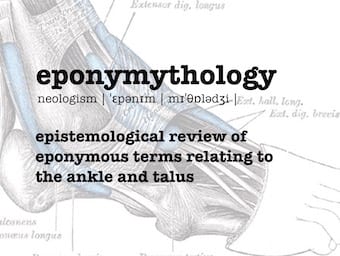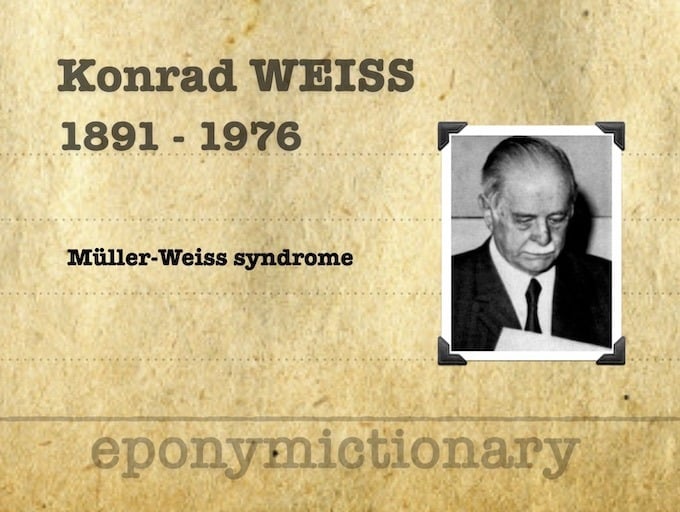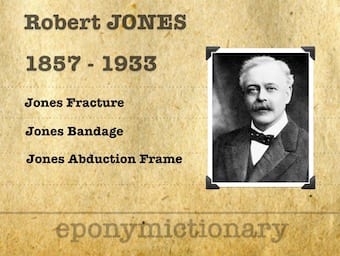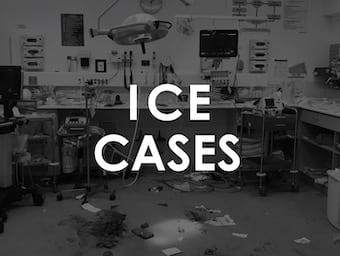
Eponymous ankle and talus injuries
Eponymythology associated with signs, symptoms, investigation and management of ankle and talus injuries, fractures and conditions.

Eponymythology associated with signs, symptoms, investigation and management of ankle and talus injuries, fractures and conditions.

Eponymythology associated with signs, symptoms, investigation and management of foot injuries. Review of related eponyms; the person behind the name; their relevance today; and modern terminology

Konrad Weiss (1891 - 1976) was an Austrian radiologist. Early descriptions of Müller-Weiss syndrome, the dissecting aortic aneurysm, and gastric torsion

Köhler disease: rare, self-limiting, avascular necrosis (osteochondrosis) of the navicular bone in children. Described in 1908 by Alban Köhler (1874–1947)

Freiberg infraction: osteochondrosis of the metatarsal heads (typically the 2nd metatarsal head) described by Albert Freiberg in 1914, Alban Köhler in 1915

Albert Henry Freiberg (1868 - 1940) American Orthopedic Surgeon. First described Freiberg Infraction in 1913 (cases 1903, publication 1914)

Sir Robert Jones (1857-1933) was a Welsh General and Orthopaedic Surgeon and part time Roentgenologist. Eponym: Jones fracture (1902)

Gissane Angle [aka *critical angle; critical angle of Gissane], like the Böhler angle, can be used to help determine the presence of a calcaneus fracture on a radiograph.

Böhler angle. The angle between line from highest point of anterior process to highest point of posterior facet plus line tangential to superior edge of tuberosity; measured on lateral foot x-ray. Normally 20-40°. If < 20° represents a calcaneal fracture

A 29 year old man stumbled into a gutter, tripped awkwardly and fell injuring his left foot. He has diffuse swelling and tenderness of the mid foot and is unable to weight bear on that limb.